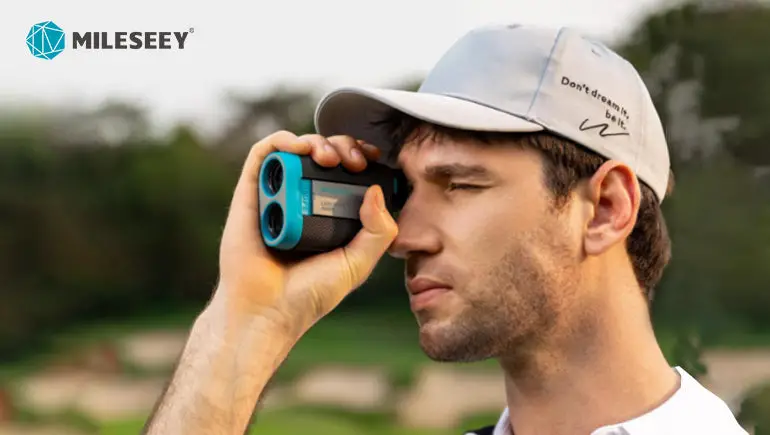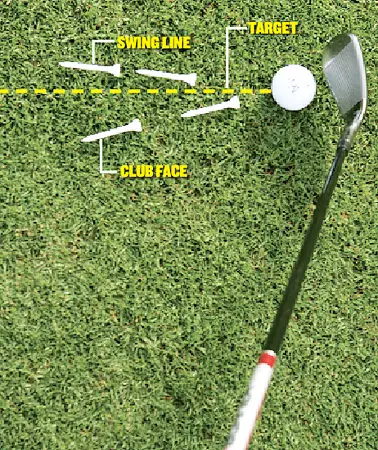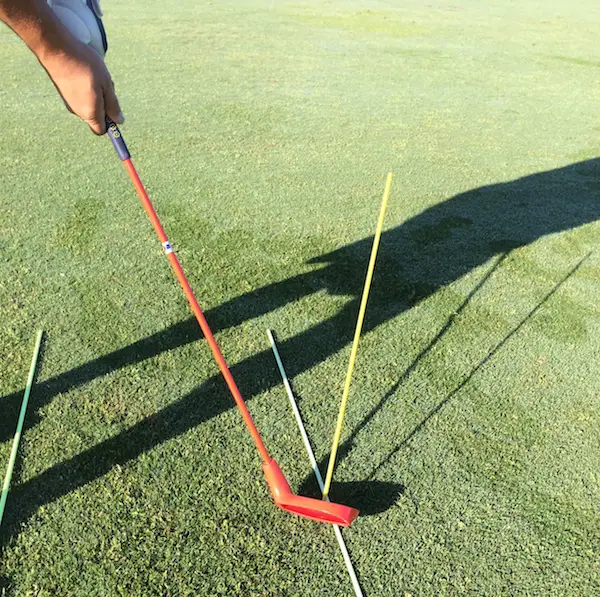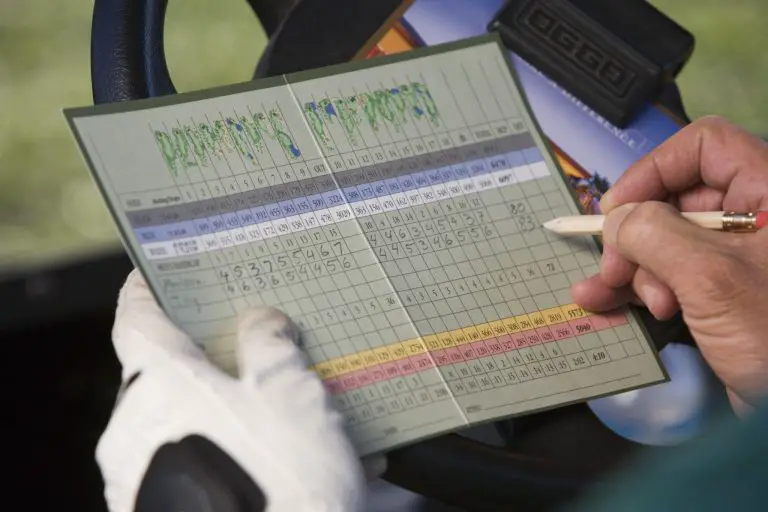How To Choose A Golf Rangefinder

Golf rangefinders have become increasingly popular among golfers of all skill levels. These devices make it easier to determine distances, improve accuracy, and ultimately enhance the overall golfing experience. However, with so many different models and features to choose from, it can be overwhelming to decide which one to purchase. In this article, we will discuss how to choose a golf rangefinder in the US.
First and foremost, it’s important to understand what a golf rangefinder is and how it works. A golf rangefinder is a device that uses lasers or GPS technology to determine the distance between the player and the target. The player simply aims the device at the target, and the rangefinder provides a reading of the distance. This information can be used to determine which club to use and how hard to swing, ultimately improving the player’s accuracy and overall score.
When choosing a golf rangefinder, there are several factors to consider. These include the type of rangefinder, the range and accuracy, the display and magnification, the durability and waterproofing, and the overall price. By understanding these factors and how they relate to your individual needs and preferences, you can make an informed decision and choose the best golf rangefinder for your game. In the following sections, we will discuss each of these factors in more detail and provide tips on how to choose the perfect golf rangefinder for you.

1. Determine Your Needs
The first step in choosing a golf rangefinder is to determine your specific needs. Consider the following factors:
- Budget: Determine how much you are willing to spend on a golf rangefinder.
- Features: Decide which features are important to you, such as slope adjustment, GPS capabilities, and magnification.
- Accuracy: Determine how accurate you need the rangefinder to be.
2. Choose Between a Laser or GPS Rangefinder
There are two main types of golf rangefinders: laser and GPS. Each has its own advantages and disadvantages.
Laser Rangefinders
Laser rangefinders use a laser to measure the distance between the player and the target. They are typically more accurate than GPS rangefinders and can be used on any course.
GPS Rangefinders
GPS rangefinders use satellite technology to determine the distance between the player and the target. They are typically less expensive than laser rangefinders and often have more features, such as hole layout and hazards.
3. Consider Additional Features
Once you have decided on the type of rangefinder, consider additional features that may be important to you.
- Slope Adjustment: Some rangefinders have slope adjustment, which takes into account the angle of the shot and adjusts the distance measurement accordingly.
- Magnification: Some rangefinders have magnification capabilities, which can help you see the target more clearly.
- GPS Mapping: GPS rangefinders may have mapping capabilities, which can help you navigate the course and avoid hazards.
- Waterproofing: Consider whether you need a rangefinder that is waterproof or water-resistant, especially if you often play in wet or rainy conditions.
4. Read Reviews
Before making a purchase, it’s important to read reviews from other golfers to get a sense of how well the rangefinder performs in real-world conditions. Look for reviews from a variety of sources, including online retailers and golf forums.
5. Try Before You Buy
If possible, try out the rangefinder before making a purchase. This will allow you to get a sense of how it feels in your hands and how easy it is to use.
Conclusion
Choosing a golf rangefinder can be a daunting task, but by following these steps, you can make an informed decision that will help improve your game. Consider your specific needs, choose between a laser or GPS rangefinder, consider additional features, read reviews, and try before you buy. With the right golf rangefinder, you’ll be able to make more accurate shots and take your game to the next level.





